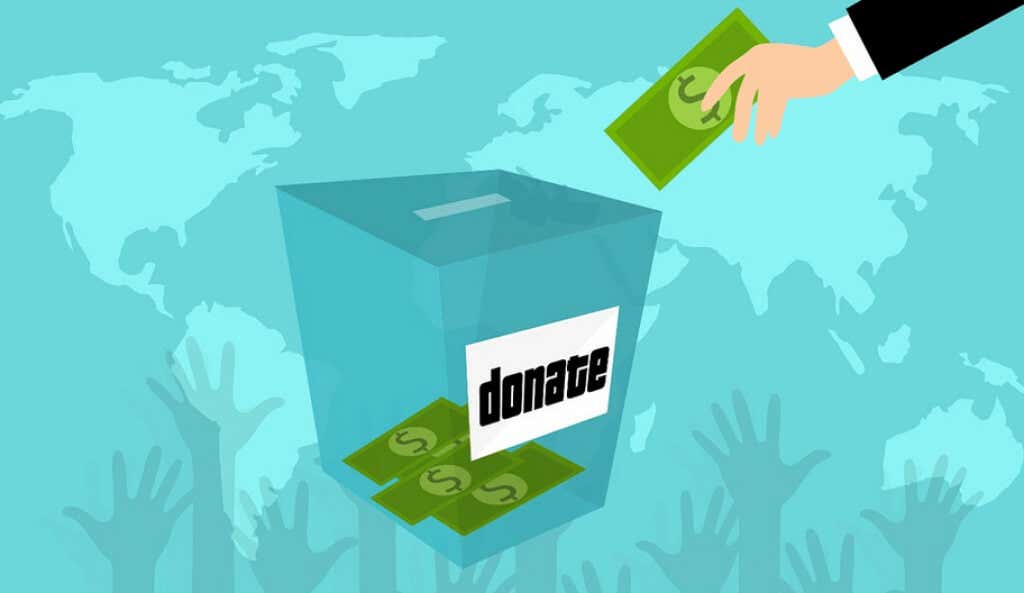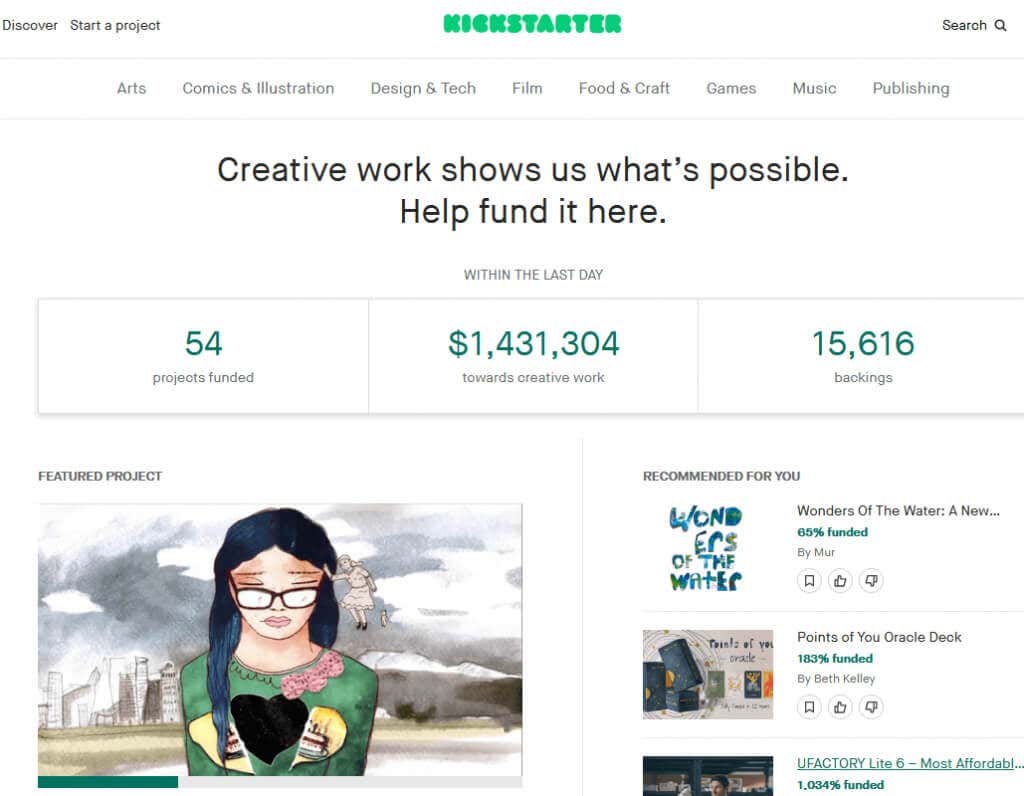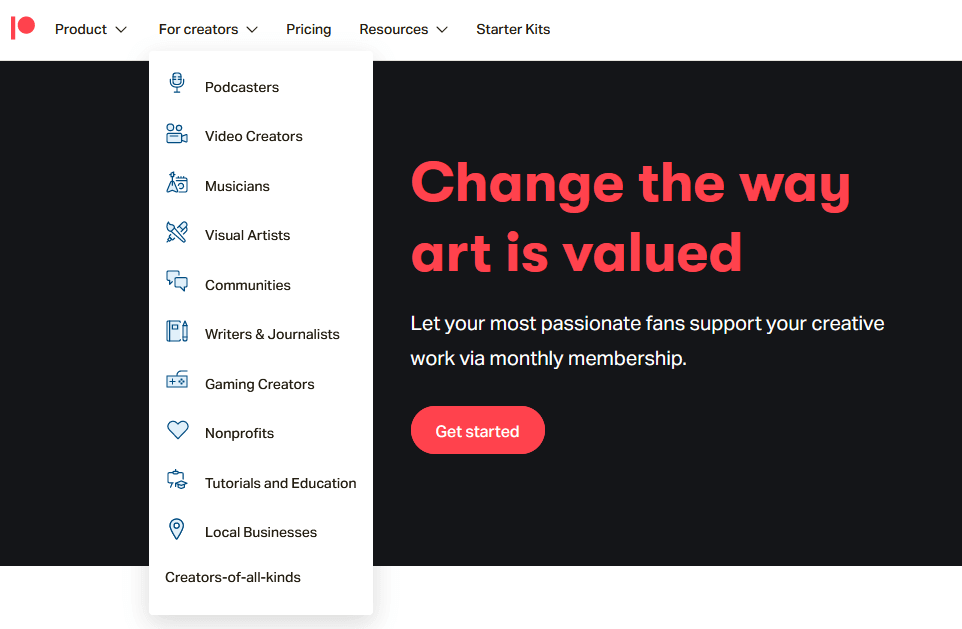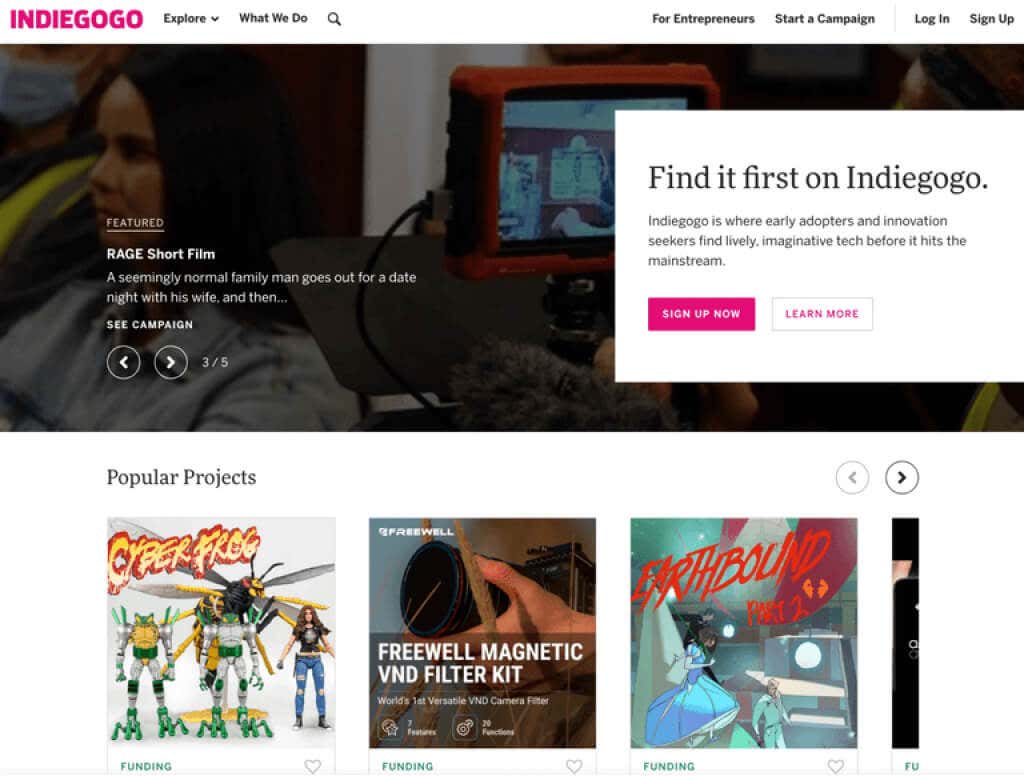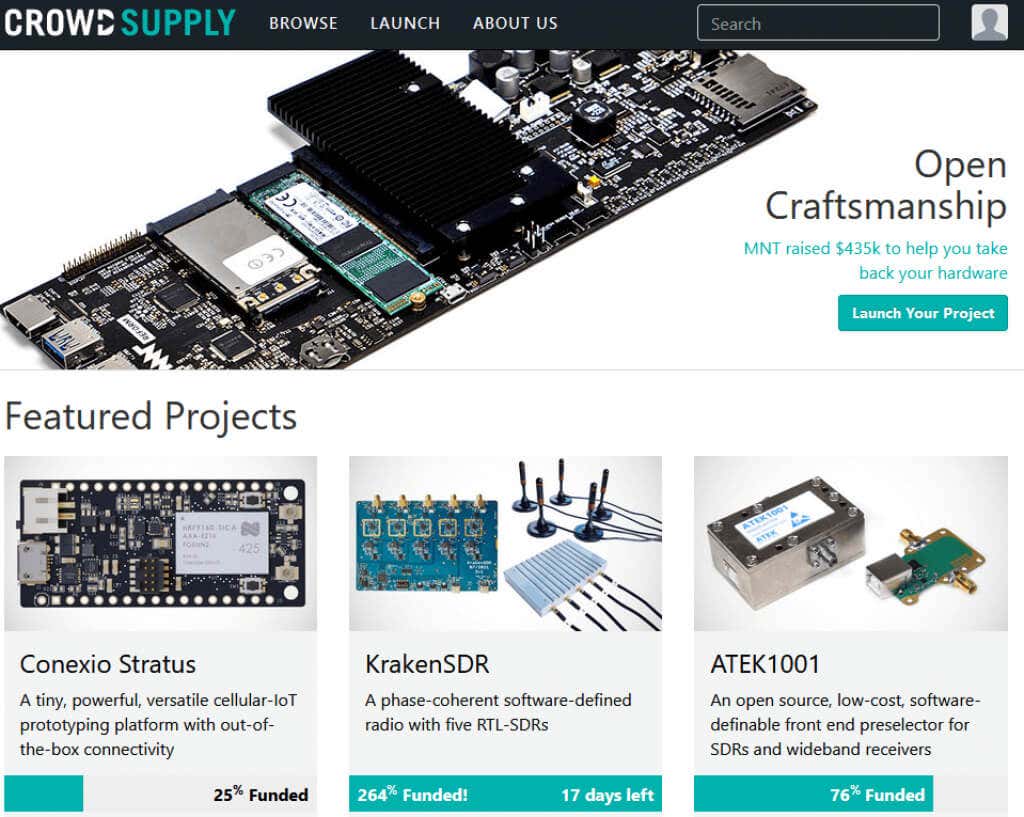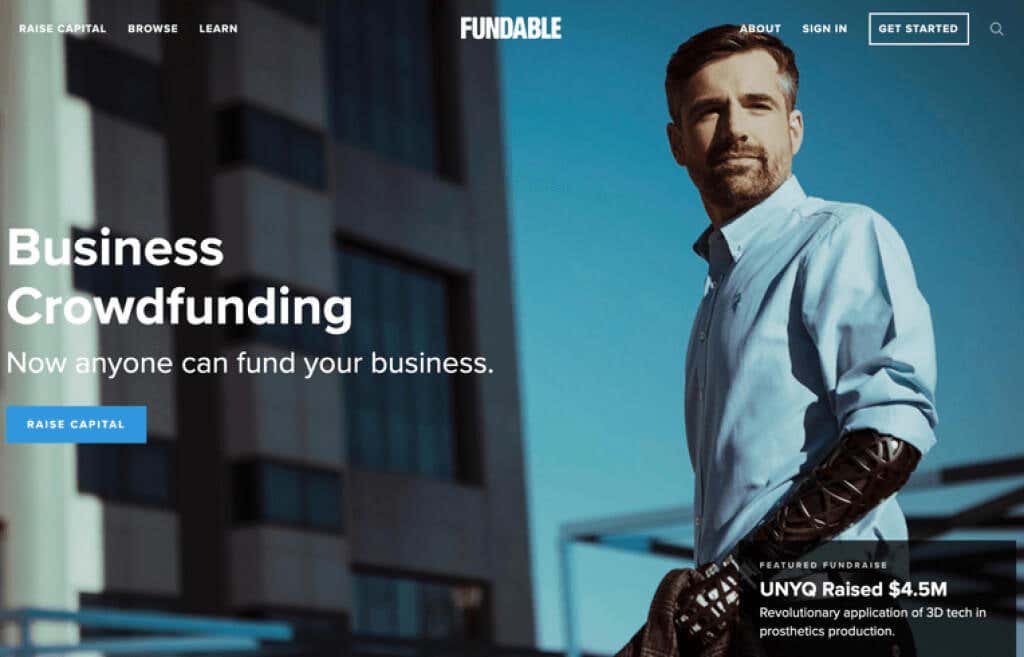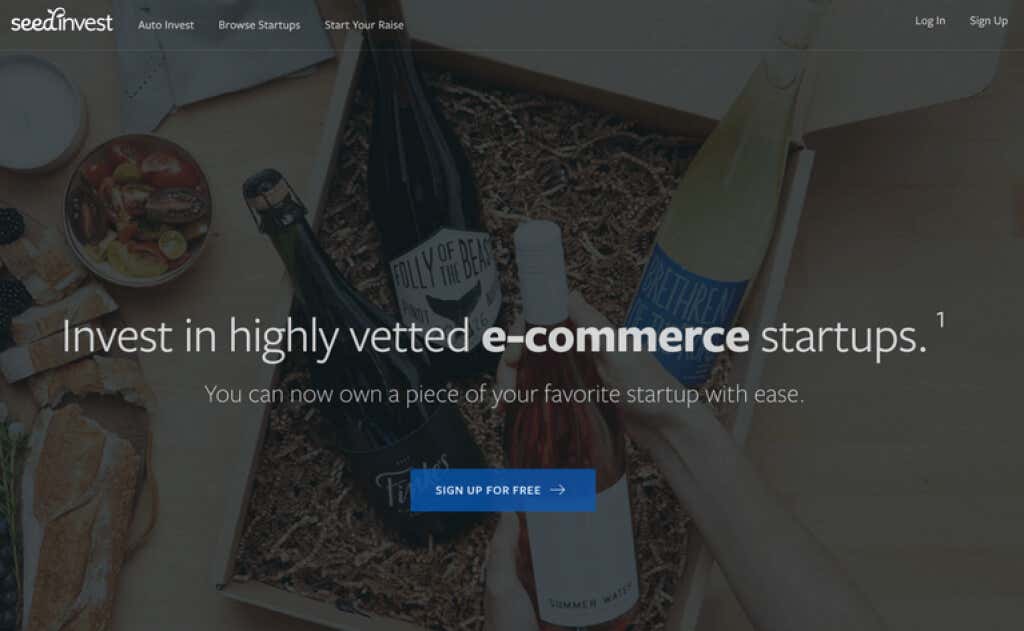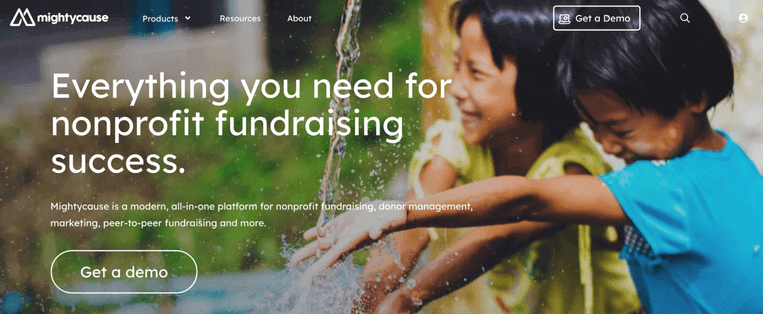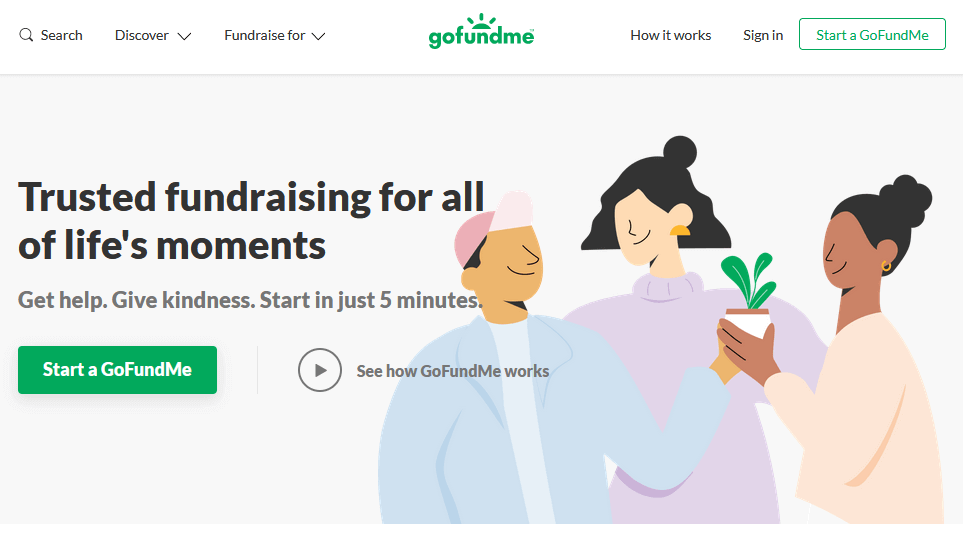If you have a business idea that you believe in but can’t fund on your own, a crowdsourcing site is the best solution. However, not all of them have large enough communities, and some of them impose many restrictions. In this article, you’re going to find out which crowdsourcing site is the best to fund your project and bring your business idea to life.
1. Kickstarter
You’ve probably heard of Kickstarter because it’s one of the first successful crowdsourcing platforms that came to life. This site helped kickstart more than 210,000 projects with the help of millions of backers. It’s one of the biggest and most diverse fundraising platforms out there. Simply having access to millions of potential investors makes Kickstarter one of the top choices. Kickstarter campaigns are set up with a reward system. First, you offer your backers various incentives in exchange for their financial support. You can create tiers of rewards that range from a personal thank you to a t-shirt and even exclusive items. For example, an author might offer the unique reward of naming a character in their book after the backer for a serious investment. That said, Kickstarter is an all-or-nothing kind of deal. You need to set a goal and reach it; otherwise, you can’t access your funds. If you fail to reach the fundraising goal, your backers get their money back. Make sure you start networking early on to start with a core of followers and fans.
2. Patreon
If your business idea involves any kind of content creation, Patreon might be the perfect crowdsourcing site for you. Patreon is unique because it focuses on creators. This is where visual artists, writers, YouTubers, and musicians come to be crowdfunded by their fans. Unlike other crowdsourcing sites like Kickstarter, you don’t have to wait for the end of the funding campaign to access your funds. Instead, your patrons can pay a monthly subscription in exchange for certain benefits or services, or they pay per creation. For example, if you’re a writer, a patron could pay monthly to read your work chapter by chapter as it progresses. You can also offer exclusive content, branded goods, and other rewards by setting different payment tiers.
3. Indiegogo
Indiegogo is often compared to Kickstarter because of its crowdfunding system and popularity. When you first look at it, it might look like Kickstarter under a different name, but it comes with a few unique options. Besides, if you have enough time, you can set up a crowdfunding campaign on both platforms. Indiegogo lets you start a fundraising campaign with a set goal. This means you need to reach that goal by its deadline before you can access the funds. Sounds familiar? What sets Indiegogo apart is the flexible funding option. You can set up a flexible funding goal instead of an all-or-nothing goal. The flexible option is ideal when you know you can deliver your product or service even if you don’t raise your goal’s set amount of funds. Instead, you simply use the funds as one of your financial sources. In addition, you can keep raising capital even after the end of the campaign. This is useful if your business goes through different stages, such as design, testing, and final production.
4. Crowd Supply
In a world of intangible apps, it’s nice to see a crowdfunding site dedicated to hardware. That’s exactly what Crowd Supply is. It helps fund hardware projects that are often overlooked because of the software development craze. If you’re a designer or an engineer looking for funds to create a useful product like a LiDAR camera, an innovative keyboard, or a special motherboard for robots, Crowd Supply is the best place to go. Opting for such a focused platform makes it easier to stand out from the crowd because everyone is interested in hardware and nothing else. That said, launching your campaign is a bit more challenging than on other platforms. Crowd Supply asks for innovative and useful products. You also need first to have a working prototype to present to the Crowd Supply campaign manager. Based on how you answer any of their questions, they will determine whether the project fits the platform.
5. Fundable
Fundable is a crowdsourcing site that helps entrepreneurs turn their ideas into new businesses. At the moment, only US startups can apply, so if you’re not from the US, you should try one of our other recommendations. Fundable offers two fundraising options. You can raise funds by selling your products or services or by offering stock shares in your company to investors. Fundable recommends the first option for startups that are looking to raise less than $50,000 and the equity option for more capital. Fundable is similar to the traditional route of fundraising. You need to show potential investors a business plan, a track record of solid growth and prepare the best pitch you can muster. The downside is that you’ll need to pay $179/month to start the campaign when you pay a fee only after raising the funds on other crowdsourcing sites.
6. SeedInvest
SeedInvest is similar to Fundable in the sense that it’s an equity crowdsourcing site. Your backers are investors who want to buy into your company and own stock. They’re not just fans or supporters. They will own a piece of your company. So think carefully about what that means before spending time on setting up your campaign. SeedInvest has been helping startups since 2012 by building a network of more than half a million investors. You’ll find regular people as well as accredited investors looking to fund the next revolutionary business. You’ll need to file an application, go through a screening process, and if accepted, you can launch your campaign. Take note that most of the companies that receive funding are tech and eCommerce businesses. If your product or service doesn’t fall in these categories, you should focus your energy on other crowdsourcing sites.
7. Mightycause
Are you trying to start a nonprofit organization that’s trying to solve one of the world’s countless problems? Mightycause might be the best fundraising platform for you. This crowdsourcing site is easy to use and you don’t need to reach any goals to unlock the funds you raise. Even if you don’t meet your goal, you can keep the funds you received from donors. Another advantage is that you don’t need to go through an exhausting screening process. Simply launch your nonprofit fundraising campaign and work to achieve your goals. Before you get started, keep in mind that Mightycause charges a $59/month fee paid annually.
8. GoFundMe
GoFundMe is one of the largest sites for crowdsourcing, thanks to its simplicity and flexibility. Anyone can set up a campaign to raise funds. It’s primarily aimed towards helping individuals, but small businesses can also benefit. As the name suggests, GoFundMe isn’t for commercial projects, but it’s a good option for a local business to request support from the community around it. If you have a large personal network, you can use GoFundMe to ask your connections for support.
Fund Your Next Big Project!
Crowdsourcing gave a voice to many companies that started from a garage and grew to have hundreds of employees. Now, tech innovators have the chance to show their prototypes to the public and earn the success they deserve. There’s no guarantee you’ll get all the funding you need for your business idea, but crowdsourcing sites can be one of your many financial streams.
